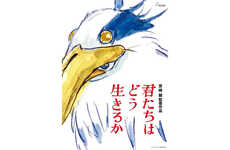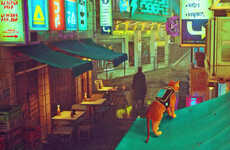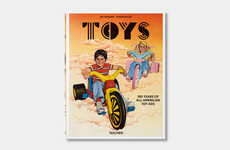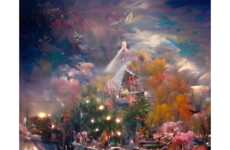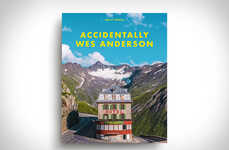
'Where The Wild Things Are' Movie Gears Up For Cult Success
Hayley Grieve — March 18, 2009 — Pop Culture
References: imdb & firstshowing.net
The wildly successful children’s story Where The Wild Things Are is finally being re-incarnated on the big screen this fall. Despite the amount of years that have passed since I’ve read the book, I still haven’t forgotten how cool Max was and his freaky monster friends. From all the hype online, especially the buzz today about a newly released movie poster, it seems Max is set for stardom.
Maurice Sendak authored Where The Wild Things Are in 1963, and although other movies have been in the works before, Spike Jones is the director to make it happen this time. An interesting tidbit is that Sendak didn’t intend to write a book about monsters, but switched to them when he discovered that he could not draw horses.
Maurice Sendak authored Where The Wild Things Are in 1963, and although other movies have been in the works before, Spike Jones is the director to make it happen this time. An interesting tidbit is that Sendak didn’t intend to write a book about monsters, but switched to them when he discovered that he could not draw horses.
Trend Themes
1. Cult Success - The success of 'Where The Wild Things Are' movie indicates a growing trend for cult-following films in the entertainment industry.
2. Reincarnating Classics - The adaptation of popular books into movies, like 'Where The Wild Things Are', highlights the trend of reviving beloved classics for new audiences.
3. Directorial Vision - The choice of director Spike Jones for 'Where The Wild Things Are' exemplifies the trend of hiring innovative filmmakers to bring a unique vision to storytelling.
Industry Implications
1. Film and Entertainment - 'Where The Wild Things Are' showcases opportunities for disruptive innovation in storytelling, visual effects, and marketing strategies within the film and entertainment industry.
2. Publishing and Media - The success of the movie adaptation of 'Where The Wild Things Are' suggests potential for disruptive innovations in adapting classic books into different media formats, such as interactive digital experiences or augmented reality storytelling.
3. Art and Illustration - The fact that Maurice Sendak switched to drawing monsters instead of horses for 'Where The Wild Things Are' demonstrates the potential for disruptive innovation in pushing the boundaries of art and illustration in children's books.
3.8
Score
Popularity
Activity
Freshness


